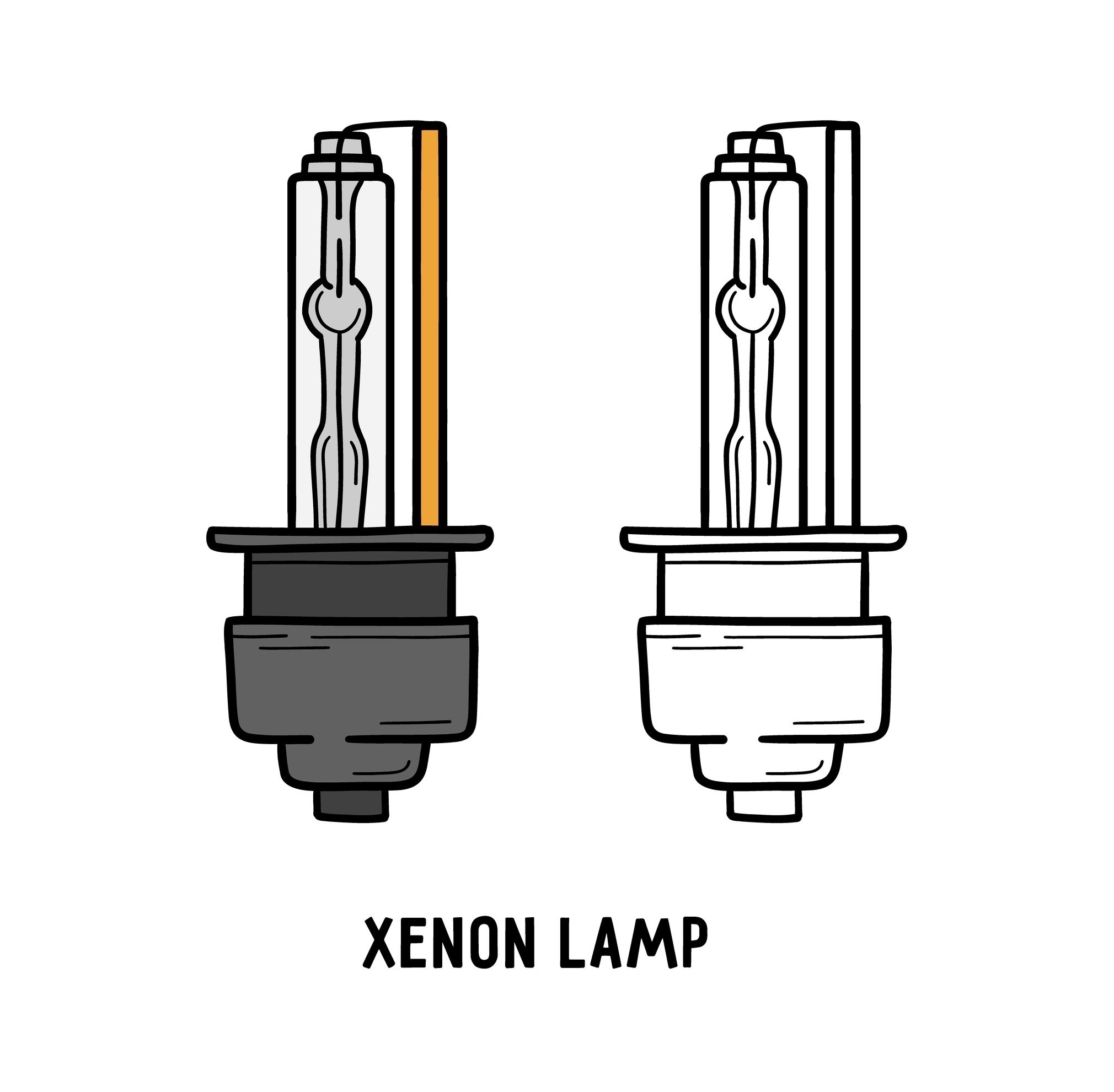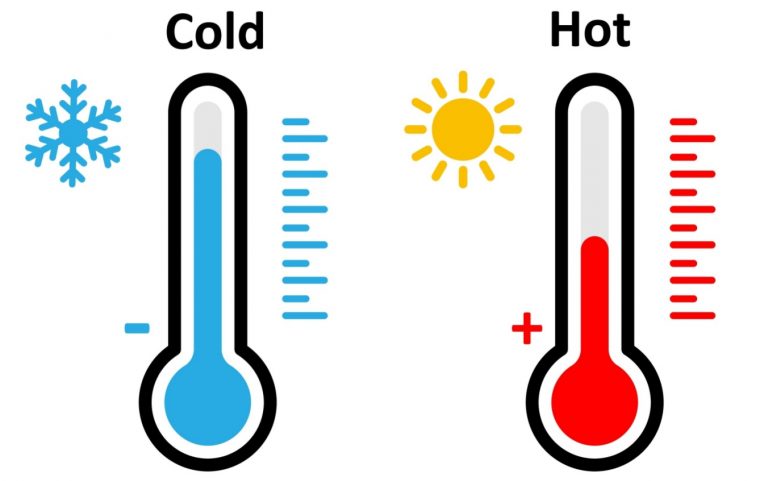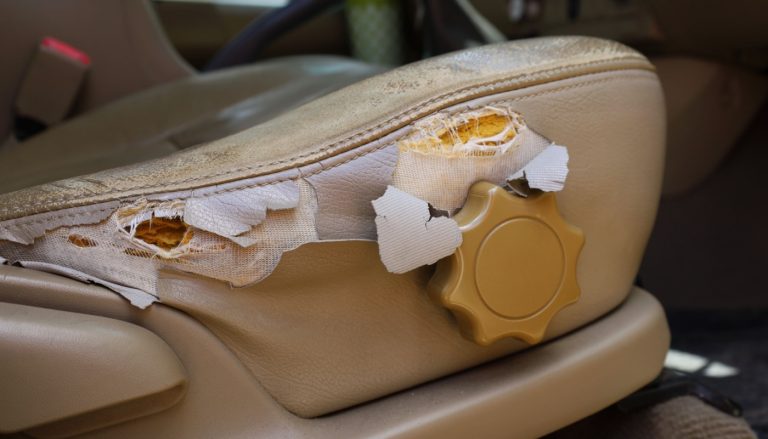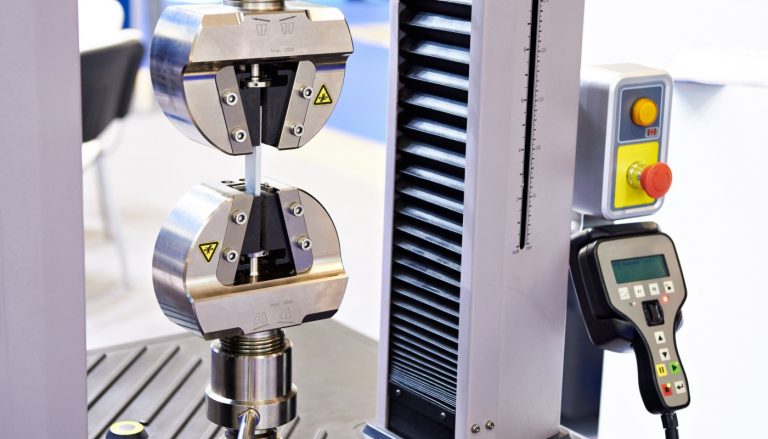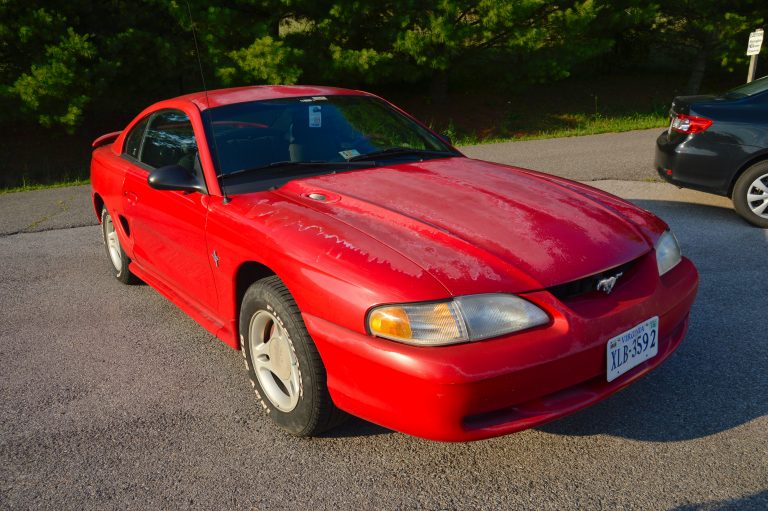The Science Behind Xenon and Carbon Arc Weathering – Which Method Is Right for Your Material?
In the competitive world of manufacturing, ensuring a product’s performance over its lifespan is non-negotiable. Whether it’s the plastic trim on an automotive dashboard, a specialized exterior coating, or a marine textile, real-world exposure to the elements—sunlight, heat, and moisture—is the ultimate test of durability.
When it comes to predicting how materials will perform over time, accelerated weathering testing is essential. It provides the data needed to fast-track product development and ensure compliance. However, selecting the right test method is critical, as two of the most widely used methods—Xenon Arc and Carbon Arc weathering—simulate long-term exposure in very different ways.
The Key Differences in Light Sources
The core distinction between these two methods lies in the light source used to replicate natural sunlight:
1. Xenon Arc Weathering Testing: The Full-Spectrum Simulator
Xenon arc testing uses a xenon gas lamp to replicate the full spectrum of natural sunlight. This includes Ultraviolet (UV), visible, and Infrared (IR) radiation.
- Best For: Materials that experience prolonged, direct sunlight exposure. This includes automotive interiors, exterior coatings, high-performance plastics, and specialized textiles.
- Advantage: The test chamber allows for precise control over temperature, humidity, and irradiance, closely mimicking real-world environments like hot, arid deserts or humid, tropical climates (following standards like ISO 4892-2 or ASTM G155). Many modern companies rely on this method because its spectrum provides the closest match to natural daylight.
2. Carbon Arc Weathering Testing: The Legacy Standard
Carbon arc testing has been a trusted standard for decades and remains specified in many legacy OEM (Original Equipment Manufacturer) and industry specifications.
- Key Feature: It produces a different UV spectrum than the xenon arc, with a higher ratio of shorter-wavelength UV light.
- Best For: Certain industrial and legacy materials, especially those with long-established test protocols (like ASTM G152 or SAE J1885).
- Relevance: While less energy-efficient and providing a less perfect match to full spectrum sunlight than xenon, the carbon arc remains critical for meeting specific older automotive and aerospace compliance standards where the specification explicitly calls for this method. If an OEM’s legacy document dictates a carbon arc test, you must perform it to achieve approval.
Making the Right Choice: Compliance Over Convenience
Selecting the wrong method can invalidate weeks of testing and result in a rejected PPAP or a delayed product launch. The choice between Xenon Arc and Carbon Arc is not about which machine is “better,” but rather which one is required by your customer’s specification.
At GPTesting, our ISO/IEC 17025-accredited laboratory does more than just run the machine. We act as a consultant to help manufacturers and suppliers select the exact, compliant accelerated weathering method. Our expertise ensures your product durability data is reliable, your project achieves compliance, and your long-term product performance is safeguarded.
Don’t leave compliance to chance. Partner with an accredited lab that understands the nuances of accelerated weathering testing and can provide the clarity you need to move from development to production with confidence. Book a consultation with us today!

